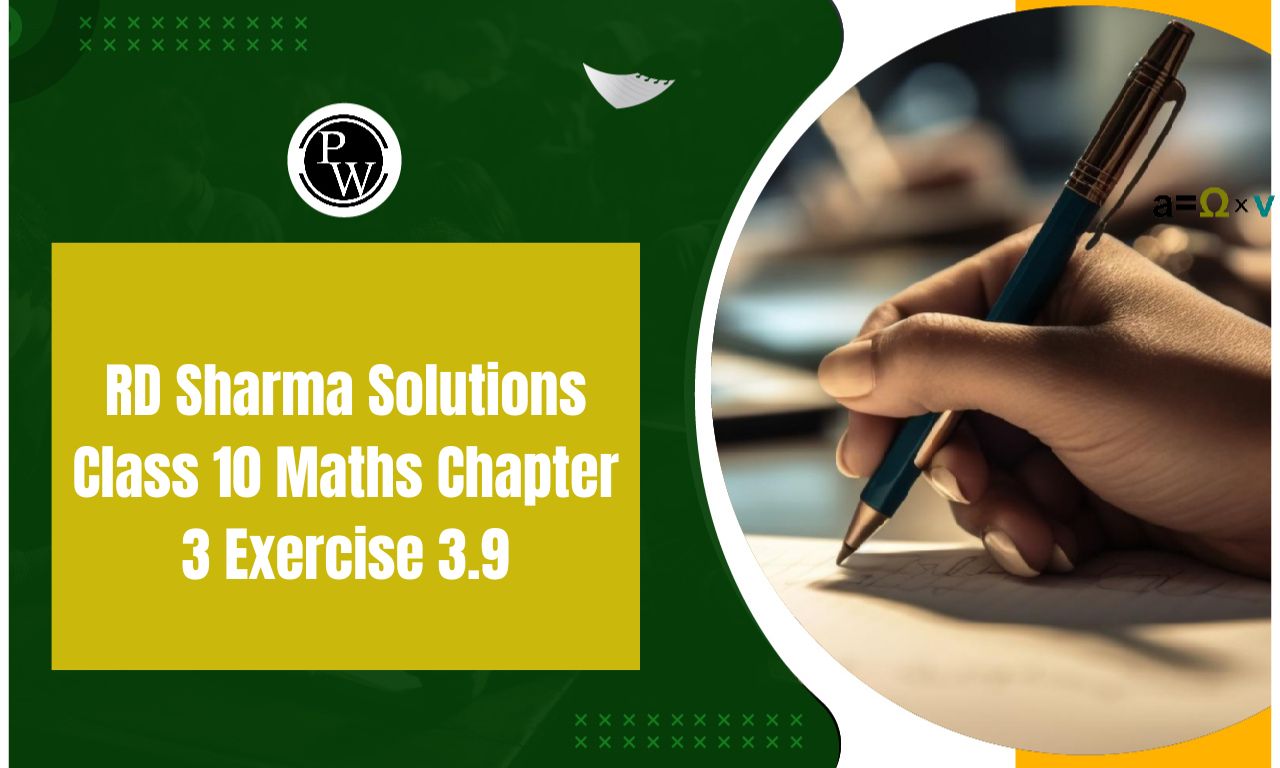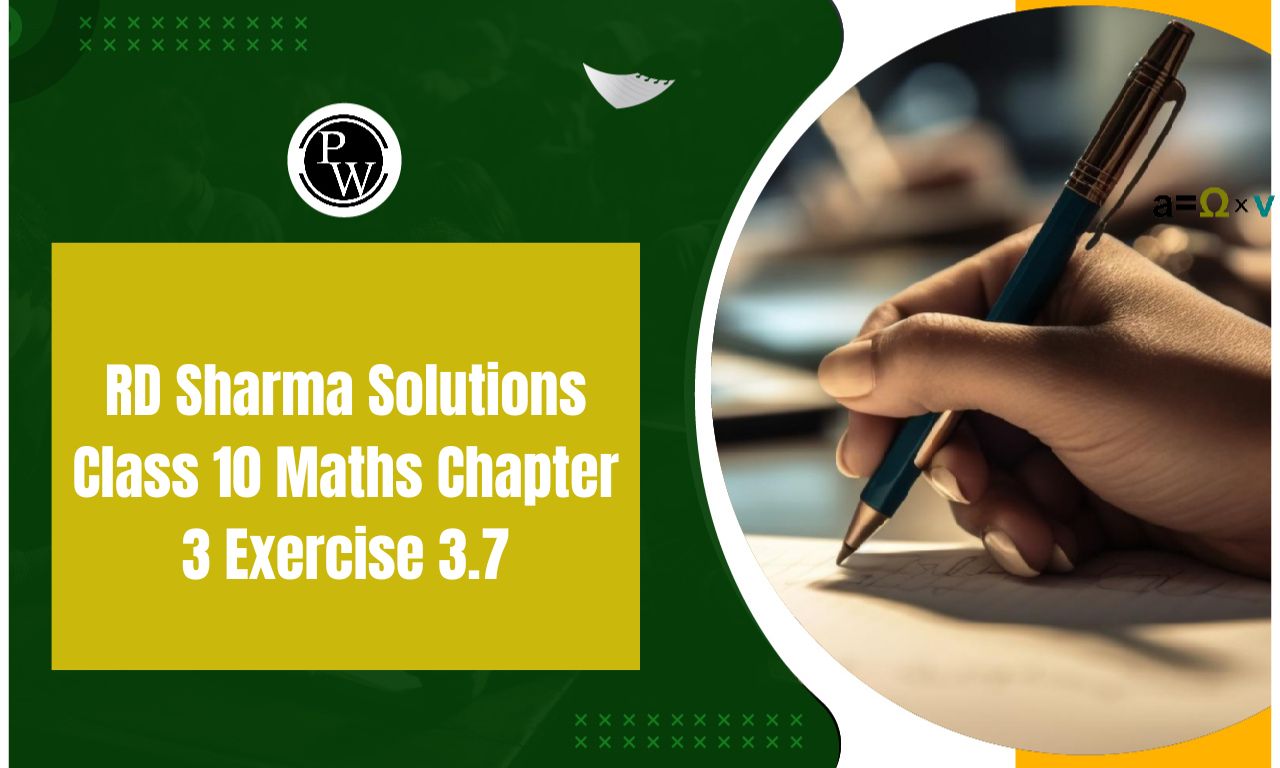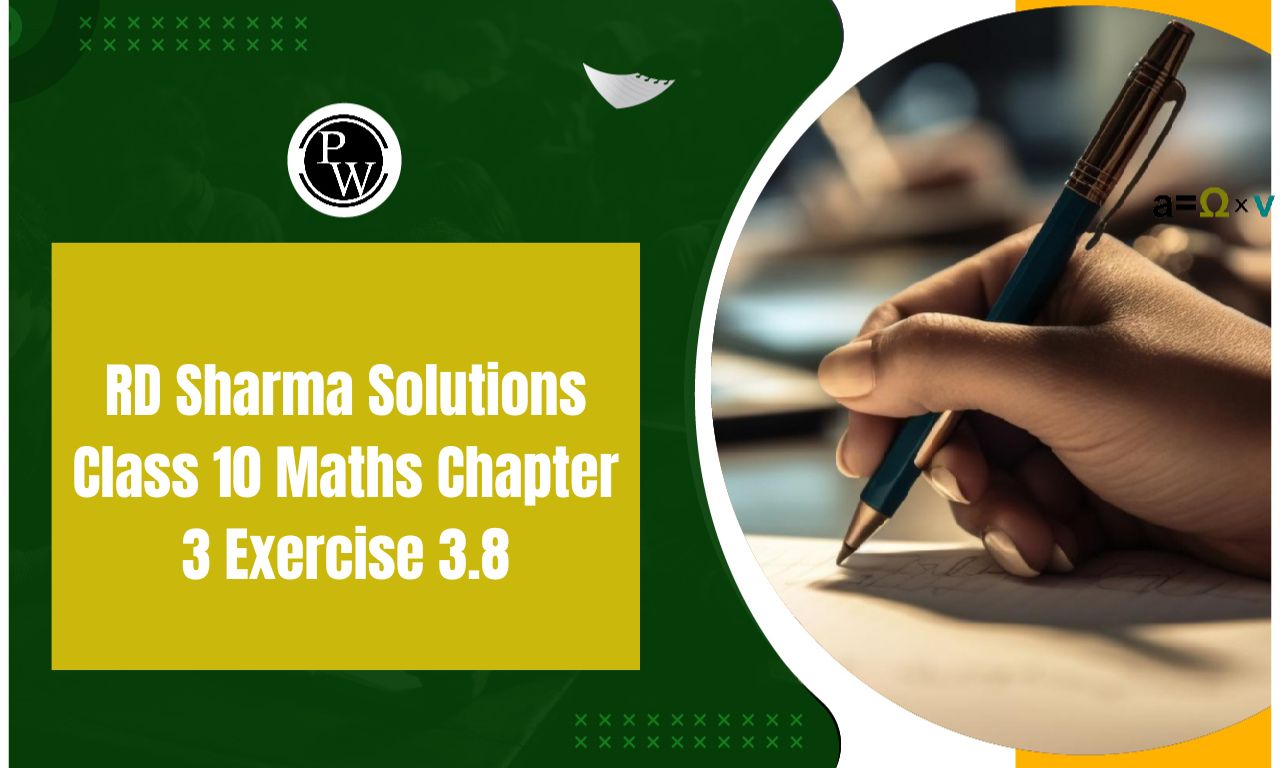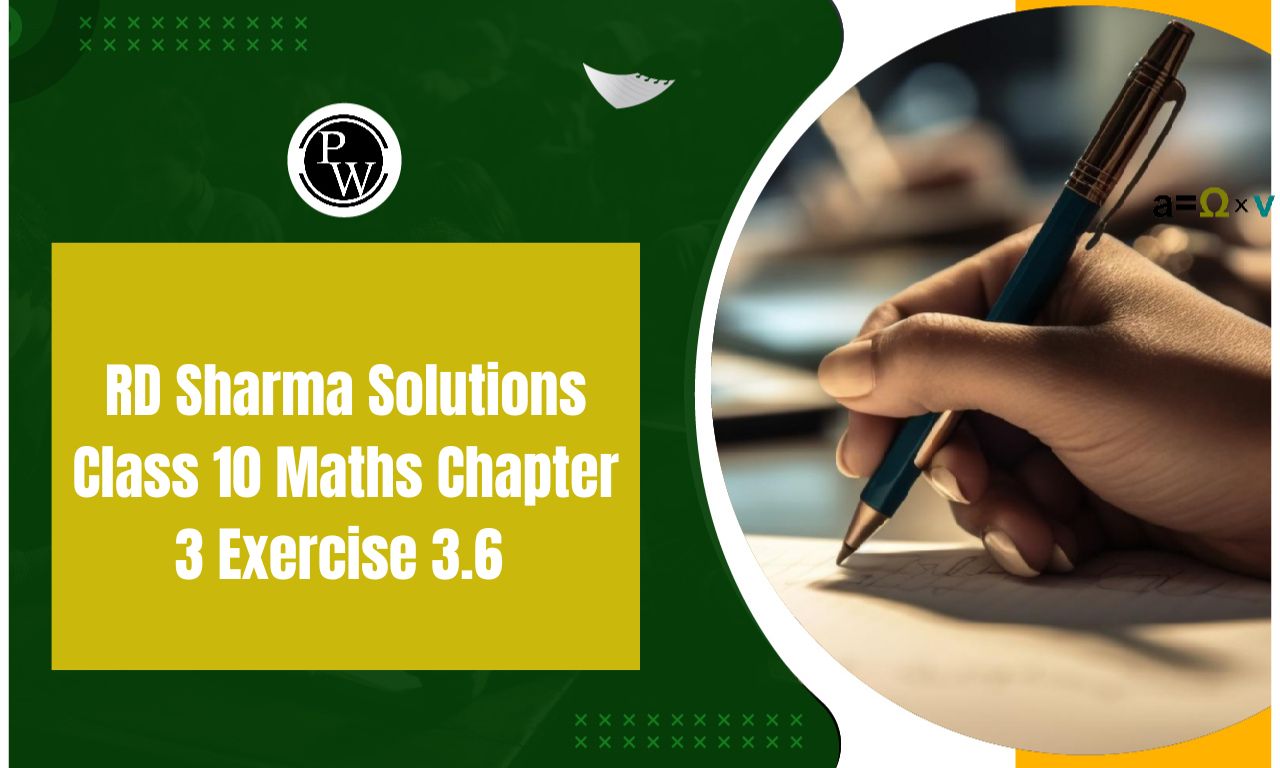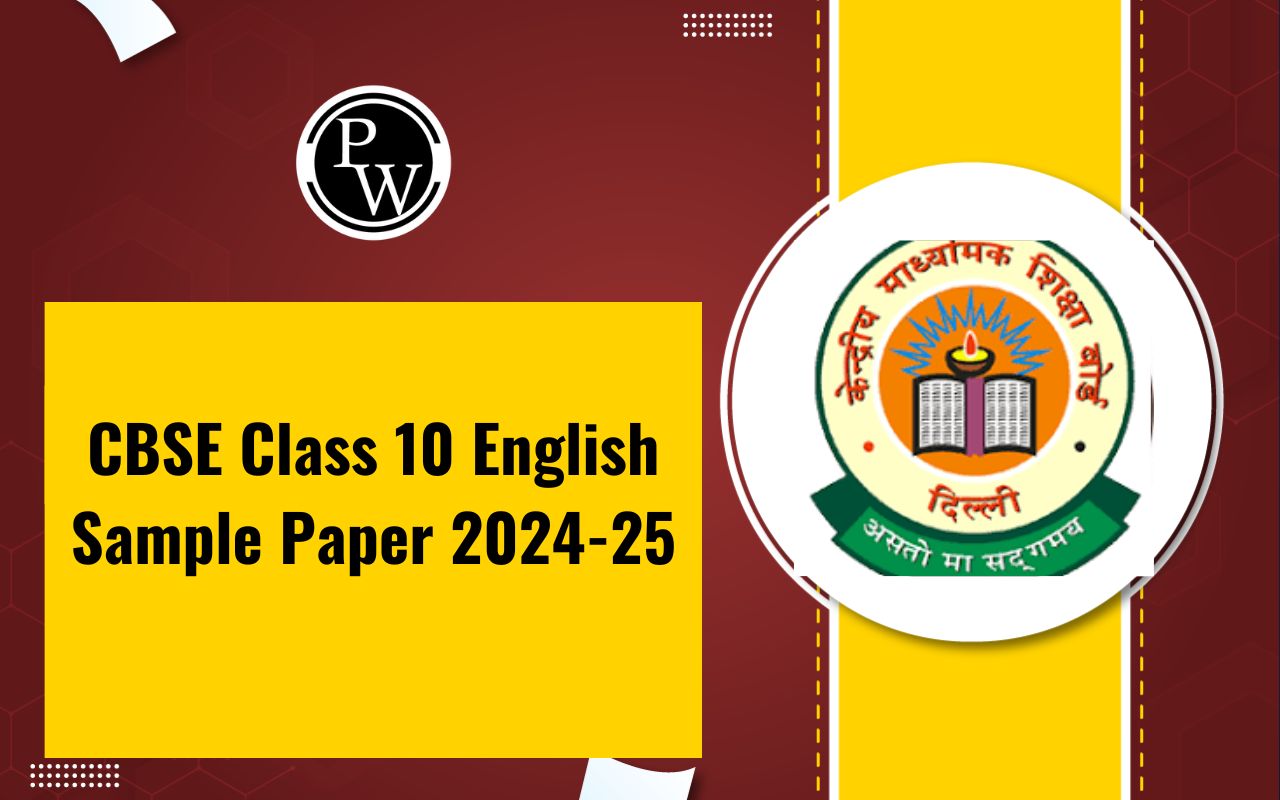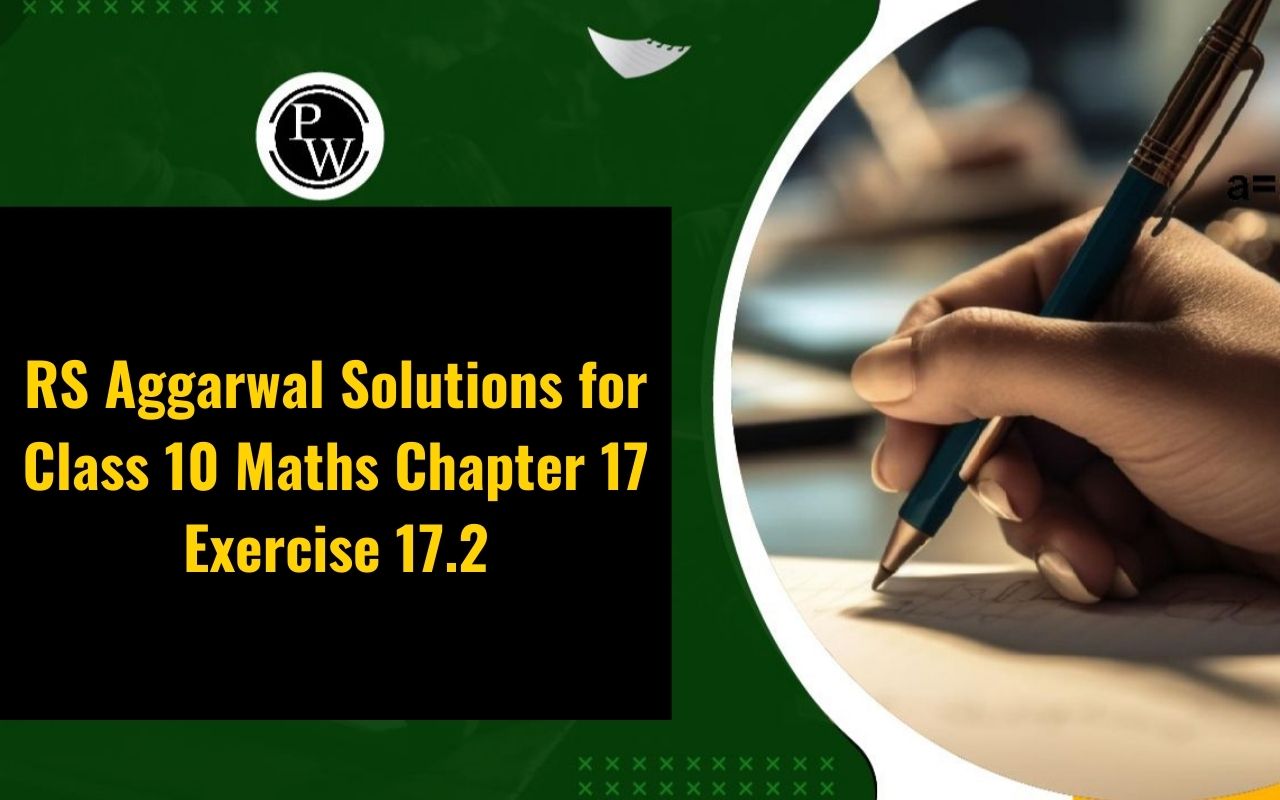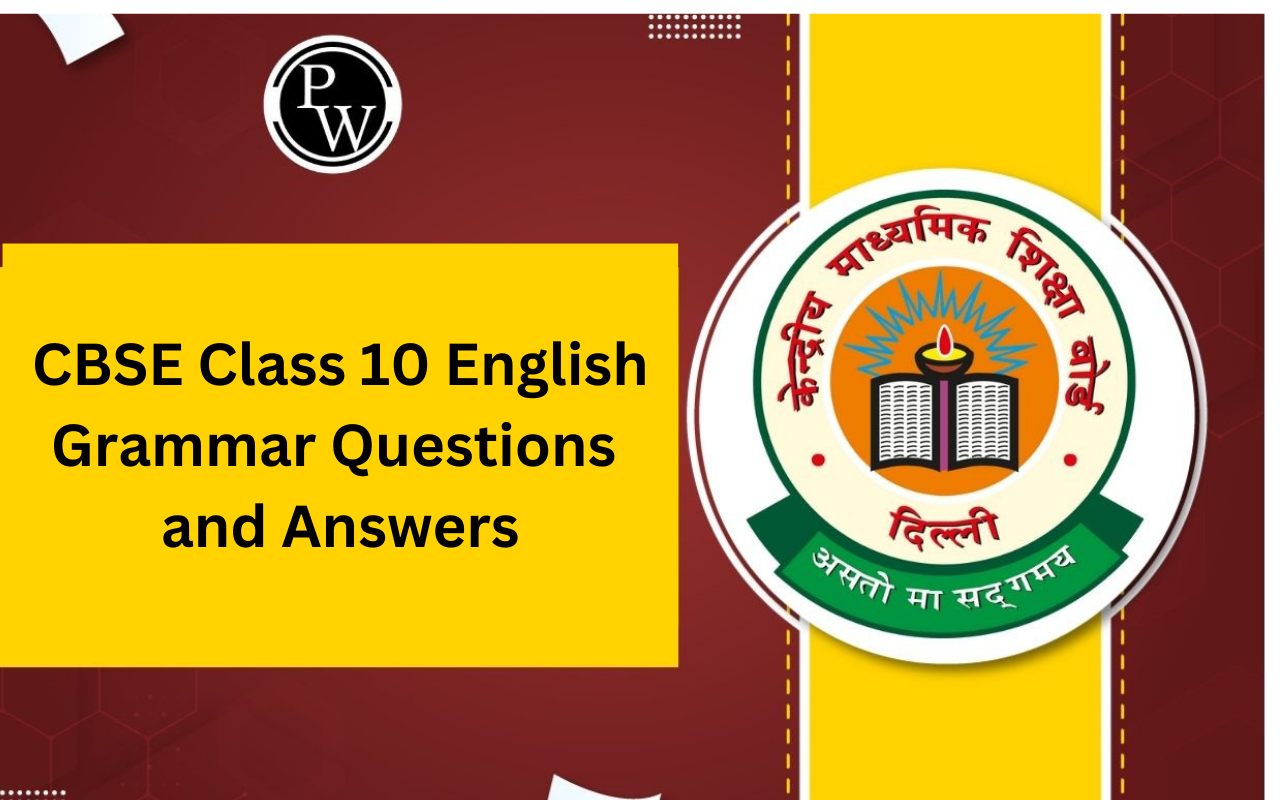
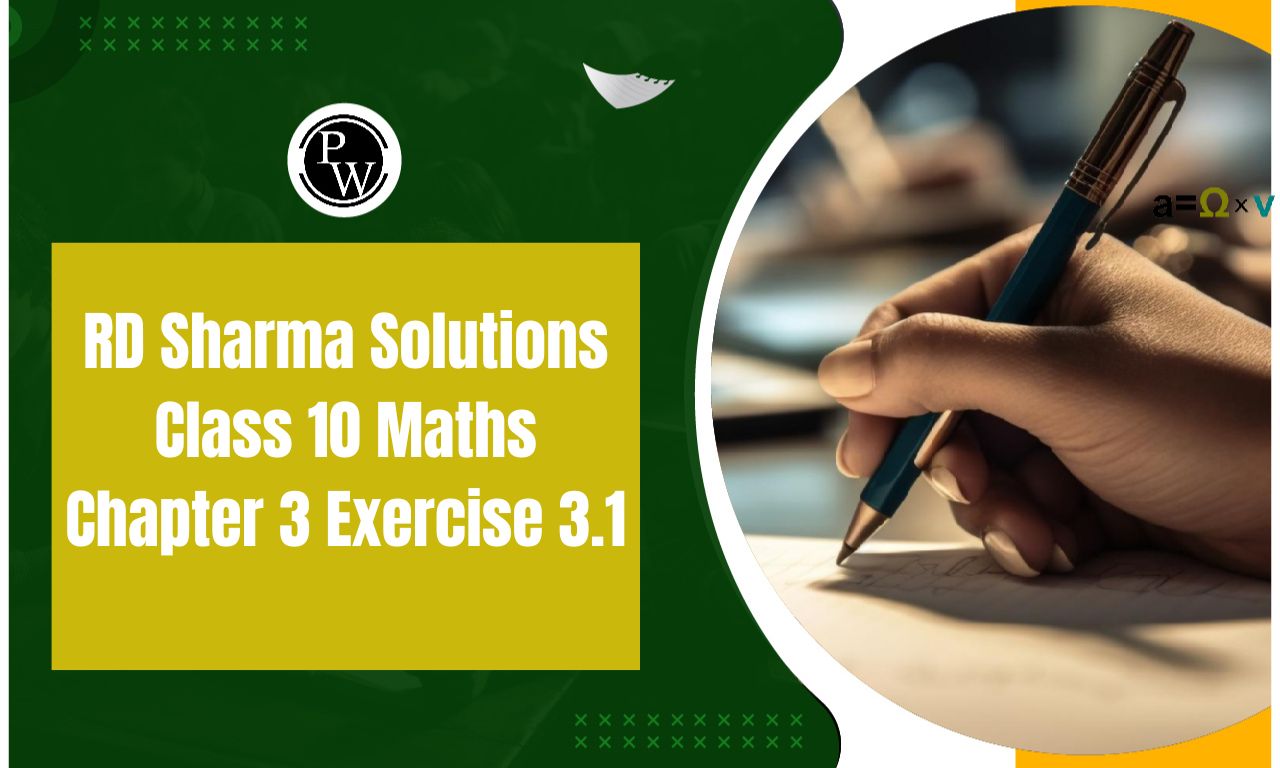
RD Sharma Solutions Class 10 Maths Chapter 3 Exercise 3.1: Chapter 3, Exercise 3.1 of RD Sharma's Class 10 Maths textbook focuses on pairs of linear equations in two variables. It introduces the concept of linear equations, which represent lines on a graph, and explores methods for solving these equations simultaneously.
The exercise emphasizes understanding the conditions for consistency and inconsistency of solutions—when lines intersect, are parallel, or coincide—allowing students to determine unique, infinite, or no solutions. The exercise also includes practice problems to reinforce the graphical and algebraic interpretation of solutions, laying a foundation for advanced techniques like substitution and elimination methods in later exercises.RD Sharma Solutions Class 10 Maths Chapter 3 Exercise 3.1 Overview
Chapter 3 of RD Sharma’s Class 10 Maths book, Pair of Linear Equations in Two Variables, introduces students to the foundational concept of solving two linear equations simultaneously. Understanding these pairs of equations is essential, as they model real-life problems with two unknowns, such as cost-profit analysis, motion problems, and optimization scenarios. Exercise 3.1 focuses on setting up, analyzing, and solving these equations using different methods. Mastery of this chapter not only builds algebraic skills but also enhances logical thinking and problem-solving abilities, which are crucial for higher-level mathematics and competitive exams.RD Sharma Solutions Class 10 Maths Chapter 3 Exercise 3.1 PDF
RD Sharma Solutions Class 10 Maths Chapter 3 Exercise 3.1 Pair of Linear Equations in Two Variables
Below is the RD Sharma Solutions Class 10 Maths Chapter 3 Exercise 3.1 Pair of Linear Equations in Two Variables -1 . Akhila went to a fair in her village. She wanted to enjoy rides on the Giant Wheel and play Hoopla (a game in which you throw a rig on the items in the stall, and if the ring covers any object completely you get it). The number of times she played Hoopla is half the number of rides she had on the giant wheel. Each ride costs ₹ 3 and a game of hoopla costs ₹ 4. If she spent ₹ 20 in the fair, represent this situation algebraically and graphically.
Solution:
Let ‘x’ be the number of rides Akhila had on the giant wheel.
And, let ‘y’ be the number of times she played Hoopla.
From the question we can write the below pair of equations.
y = (1/2)x ⇒ x -2y = 0……. (i)
3x + 4y = 20……. (ii) To represent these equations graphically, we need at least two solutions for each (i) and (ii). And let’s put them in a table for each: For equation (i),| x | 0 | 2 |
| y = (1/2)x | 0 | 1 |
| x | 0 | 20/3 | 4 |
| y = (20 – 3x)/4 | 5 | 0 | 2 |
 We can observe that the two lines represents the equations (i) and (ii) intersect at a single point.
We can observe that the two lines represents the equations (i) and (ii) intersect at a single point.
2. Aftab tells his daughter, “Seven years ago, I was seven times as old as you were then. Also, three years from now, I shall be three times as old as you will be.” Is not this interesting? Represent this situation algebraically and graphically.
Solution:
Let the present age of Aftab and his daughter be x and y, respectively. Hence, seven years ago, Age of Aftab = x – 7 and Age of his daughter = y – 7 According to the given condition, x – 7 = 7 (y – 7) ⇒ x – 7y = -42……… (i) Three years from the present age, x + 3 = 3 (y + 3) ⇒x – 3y = 6………..(ii) Therefore, equations (i) and (ii) represent the situation algebraically. To represent these equations graphically, we need at least two solutions for each (i) and (ii). And let’s put them in a table for each: For equation (i),| x | -7 | 0 | 7 |
| y = (x + 42)/7 | 5 | 6 | 7 |
| x | 6 | 3 | 0 |
| y = (x – 6)/3 | 0 | -1 | -2 |

3. The path of the train A is given by the equation 3x+4y-12 =0 and the path of another train B is given by the equation 6x+8y-48 =0. Represent this situation graphically.
Solution:
Given pair of linear equations which represents the paths of train A and train B, 3x + 4y – 12 = 0………………………….. (i) 6x + 8y – 48 = 0 ………………………….. (ii) To represent these equations graphically, we need at least two solutions for each (i) and (ii). And let’s put them in a table for each: For equation (i),| x | 0 | 4 |
| y = (12 – 3x)/4 | 3 | 0 |
| x | 0 | 8 |
| y = (48 – 6x)/8 | 6 | 0 |

Benefits of Solving RD Sharma Solutions Class 10 Maths Chapter 3 Exercise 3.1
Solving RD Sharma Class 10 Maths Chapter 3 Exercise 3.1 on Pair of Linear Equations in Two Variables offers numerous benefits for students looking to strengthen their foundational algebraic skills, particularly in solving linear equations. Here are some key advantages: 1. Conceptual Clarity in Linear Equations Exercise 3.1 helps students understand the core concepts of linear equations in two variables, which is foundational in algebra. This builds clarity on how equations represent lines in a coordinate plane and how different lines can intersect, coincide, or be parallel. 2. Improved Problem-Solving Skills Working through RD Sharma's problems enhances logical thinking and analytical skills. It trains students to approach a pair of linear equations systematically, which improves their ability to break down complex problems into simpler steps. 3. Understanding Solution Types (Unique, Infinite, or No Solution) The exercise introduces students to the concept of solution types, based on the relationship between the two lines (intersecting, parallel, or coincident). This understanding is important as it forms the basis for more advanced concepts in higher classes, like matrices and determinants. 4. Familiarity with Graphical and Algebraic Methods Exercise 3.1 involves graphical solutions, which helps students visualize the equations on a graph and see the point of intersection as the solution. It also introduces them to algebraic methods (like substitution and elimination) which they will use frequently in subsequent exercises. 5. Preparation for Board Exams The problems in RD Sharma are well-aligned with the syllabus and exam pattern. Solving these exercises thoroughly can help students score better in exams by ensuring they are prepared for typical board exam questions on linear equations.RD Sharma Solutions Class 10 Maths Chapter 3 Exercise 3.1 FAQs
What is a pair of linear equations in two variables problem?
What are the conditions for a linear equation in two variables?
What is the general form of a pair of linear equations in two variables?
What is the unique solution in linear equations in two variables?


